If asked, you could probably easily name imperiled African wildlife species: elephants, black rhinos, lions. The plights of these animals are featured in nearly every major media outlet.
Oddly, another threatened creature has received far less attention. It’s especially surprising since this is one of the most recognized and beloved of the world’s creatures: the giraffe.
“There has not been a lot of research on giraffes,” says Jenna Stacy-Dawes, research coordinator for the San Diego Zoo’s Institute for Conservation Research. “Some conservationists are calling it the silent extinction.”
Since the 1990s, reticulated giraffe populations have decreased by 70 percent. Once almost taken for granted as an abundant animal, now giraffes may be slipping away without public notice.
Fortunately, there are research and conservation efforts to understand the threats to giraffes and how they can best be addressed. Best of all, you can help in the effort – without even getting up from your computer.
A Community-Led Effort
The San Diego Zoo and a long list of partners including The Nature Conservancy began a project in northern Kenya, where researchers estimate that the reticulated giraffe has declined from 36,000 animals to fewer than 9,000. Stacy-Dawes says the declines are due to people encroaching on giraffe habitat, degradation of that habitat and poaching.
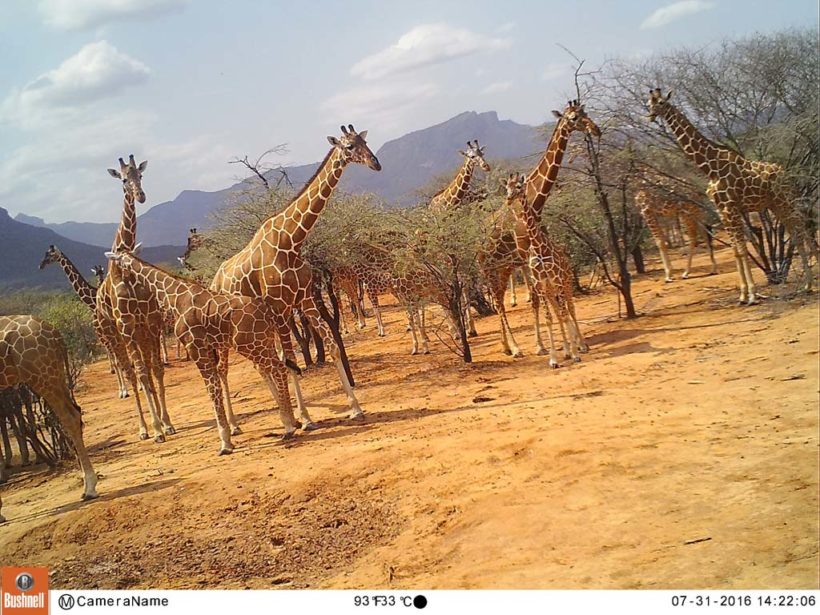
The conservationists are researching giraffes on two large conservancies, Loisaba Conservancy, which The Nature Conservancy helped protect and establish for the Loisaba Community Trust, and Namunyak Community Conservancy, one of 27 conservancies supported by Nature Conservancy partner Northern Rangelands Trust.
Conservationists realized they must understand the issues facing giraffes to better design conservation strategies. In particular, they wanted to learn the giraffe’s habitat preferences and how they responded to the presence of livestock.
“Do giraffes move out when cattle move through an area? Do they return after the cattle have left? Does the presence of cattle cause the giraffes to just move at night?” says Stacy-Dawes. “These are the kinds of questions our research is intended to answer.”
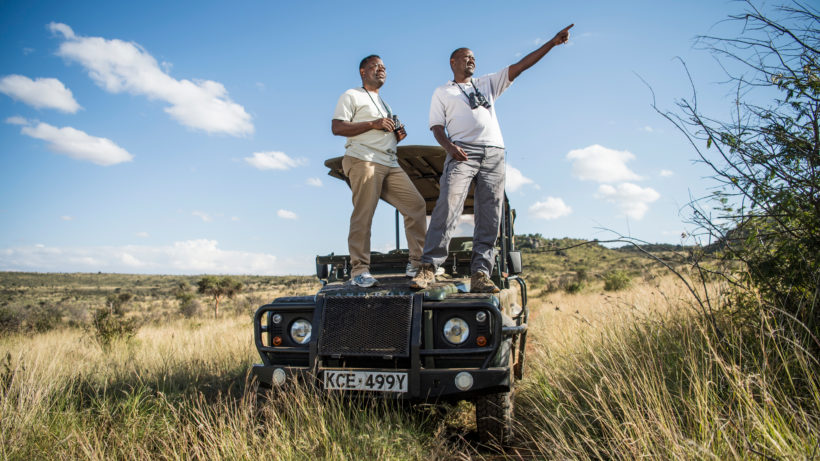
An important component of the research effort is that it is led by the community. Twelve researchers, selected by the local community, form the “Twiga Walinzi” (giraffe guards in Swahili). They set out and maintain motion-activated field cameras to understand the abundance of giraffes (and other wildlife), as well as their habits. According to the San Diego Zoo, the Twiga Walinzi “continually monitor the giraffe and maintain the cameras, retrieve the data-holding memory cards, conduct surveys and community outreach, and remove snares from the habitat.”
The San Diego Zoo also notes:
“From this data we can start to look into habitat utilization by giraffe – why are they favoring these areas, is there specific vegetation in these “hotspot” areas? These maps can also highlight the importance of working outside of the conservancies and within the communities that border the conservancies. Giraffe do not abide by the ‘borders’ of the conservancies as we can see by these maps. While they may be favoring the areas within the conservancies, we can see that they are occurring outside of the conservancies as well, meaning they are co-occurring with these communities.”
The project also donated 40 desks and education materials to a primary school just outside the Loisaba Conservancy. “The community is at the forefront of this project,” says Stacy-Dawes.
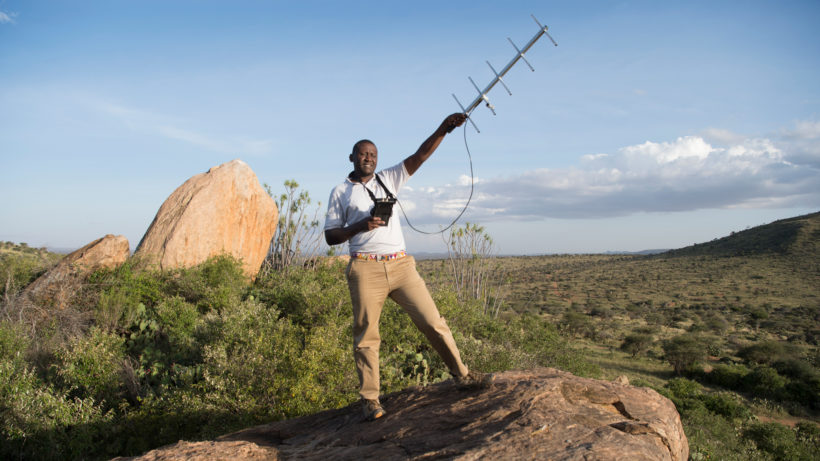
In 2017, the partners also affixed solar-powered satellite GPS tracking devices to 11 giraffes to understand their movements. Unfortunately, two of those animals were poached, but the remaining giraffes’ movements will provide valuable data.
“Better trend data on giraffe numbers and movement will greatly help us design conservation efforts and raise resources required to protect giraffes over time,” says Matt Brown, Managing Director for The Nature Conservancy in Africa.
One of the biggest tasks in all this is actually processing the data captured by the motion-activated cameras. With 112 motion-activated cameras working all day and night in a wildlife-rich area, there are a lot of photos to search. More than 1 million, in fact.
That’s where you come in.
Wildwatch Kenya: Enjoy Wildlife Photos and Help Giraffes
Wildwatch Kenya is a citizen science project that provides you with camera trap photos and you record any animals you see in the images.
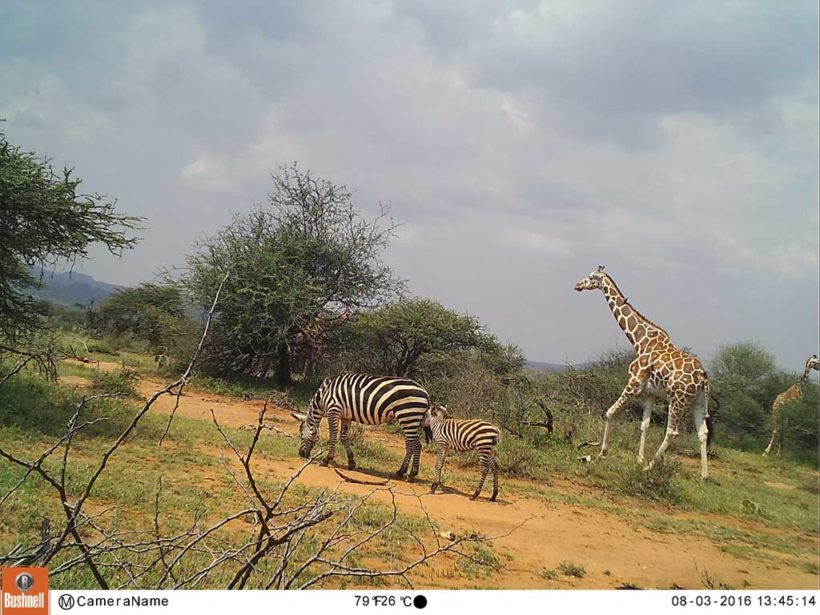
The project continues to analyze photos (Update: Readers of this blog have been really helpful to the effort. Thank you! The project is continuing to keep up the good work). The project is open to anyone, regardless of age. You will enjoy a diversity of animals in the photos, from well-known species like elephants and zebras to really cool smaller animals like honey badgers, bat-eared foxes and aardvarks.
It is very easy and intuitive, and there is a helpful guide that allows you to easily identify animals. During the course of writing this blog, I checked it out and quickly found myself immersed in it. Within minutes, I recorded hyena, zebra, impala, dik dik, warthog and more (but no giraffes).
“The data we gather will be vital in understanding what we can do protect giraffes and other wildlife,” says Stacy-Dawes. “We will be able to track areas where we’re seeing a high volume of giraffes. We couldn’t do this without the help of citizen scientists.”
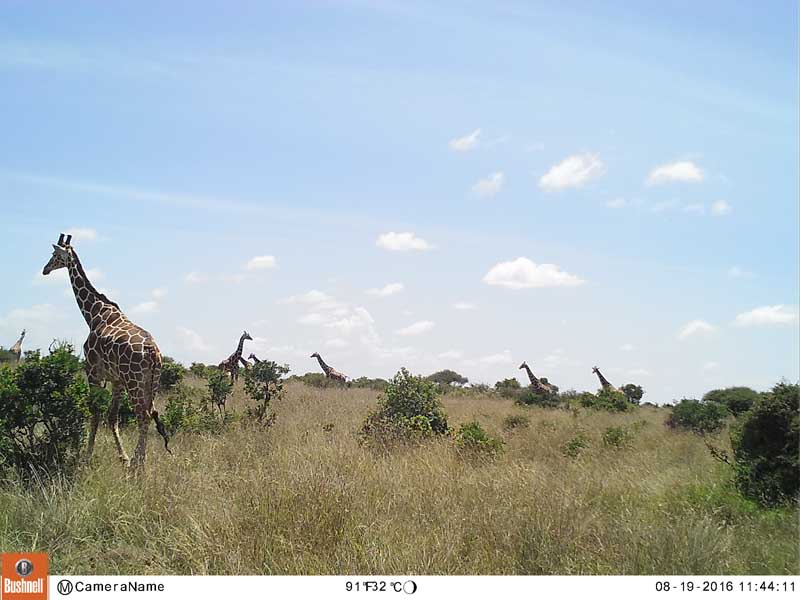
Appreciating the Giraffe
It’s often said that most people only care about protecting the large, charismatic wild animals. But in the case of the giraffe, I wonder at times if it’s so familiar that we take it for granted. It’s in children’s books and nature documentaries, and is one of the most common animal toys. They are often exhibited in zoos.
I’ve been fortunate to have taken several African safaris, and giraffes are generally very easy to spot – in no small part because of their large size. They are a spectacular animal, but I’ve noticed that after a few sightings, most people want to seek out the more elusive species.
Having a 3-year-old has enabled me to see the giraffe anew; it’s undoubtedly his favorite animal. And when you really observe a giraffe, it’s a remarkable beast, from the neck to its beautiful color patterns. Surely, many of us – even beyond the conservation community – love giraffes.
Here’s a chance to not take them for granted. To help them out, and spend some pleasant time on an Easter egg hunt of sorts, seeking out cool creatures in photos. Your observations can play an important role in making sure giraffes still roam the savanna, now and for future generations.
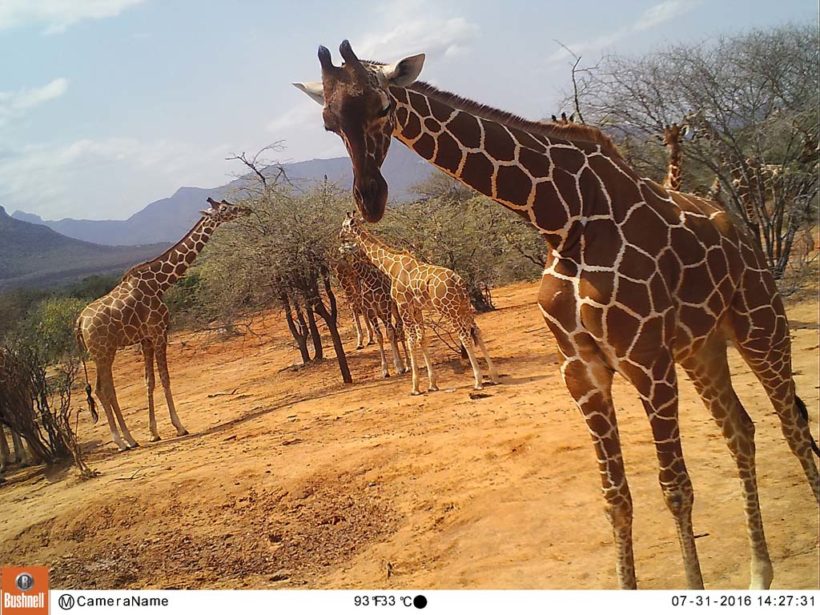
Wildwatch Kenya is an effort led by people in and around Namunyak Community Conservancy and Loisaba Conservancy, in collaboration with Northern Rangelands Trust, San Diego Zoo Global, Giraffe Conservation Foundation, The Nature Conservancy, Lewa Wildlife Conservancy, Sarara Camp, Smithsonian Institution, Senckenberg BiK-F, Global Conservation Force, Leiden Conservation Foundation, and Zooniverse.
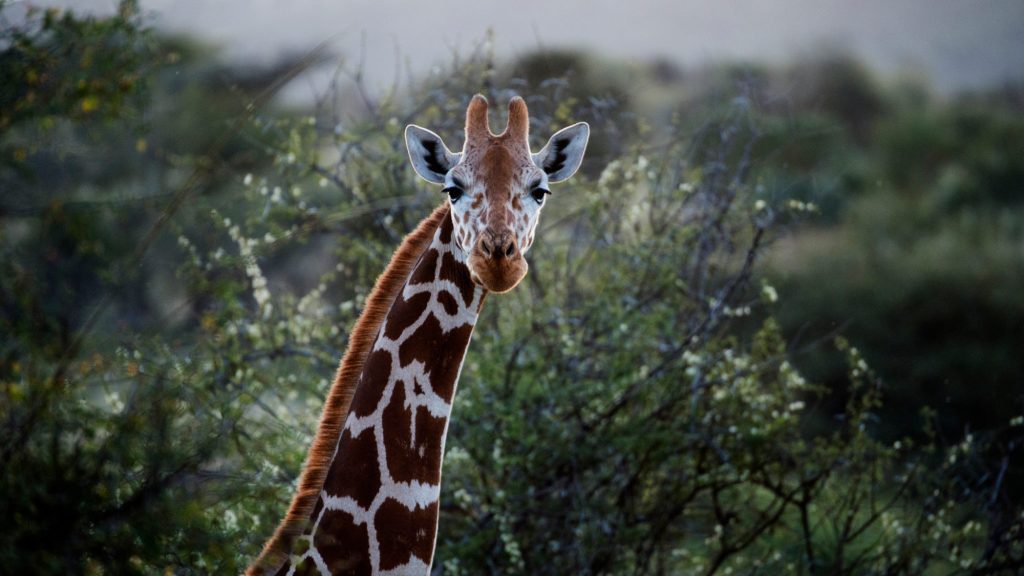



you work is amazing
Has this project resumed? I am very interested. Giraffes have long been my favorite animal!
Listen up to those wildlife violating savages. We must protect all of the giraffes right away and not let them go extinct or the killers will suffer the consequences.
We must continue to protect the giraffes because they are very impotant to Africa and we don’t want them to disappear.
I’d like to join the project to help identify and count giraffes, but I’m not sure whether I would be expected to identify all the other animals mentioned in the long list that accompanies the photos. That would take more time than I can devote to the project.
I’ve been on a safari in Kenya and Tanzania, and I’ve always loved animals, so I hope I can join this wonderful project and help save the giraffes!
The email address I’ve given you below is my personal one and is not the same as the one in which I received your alert.